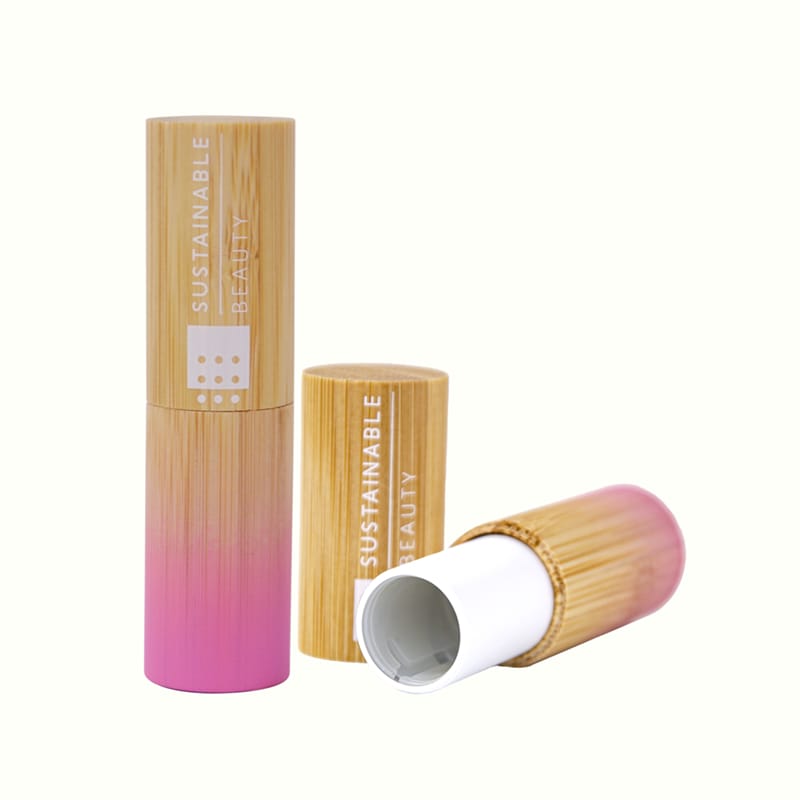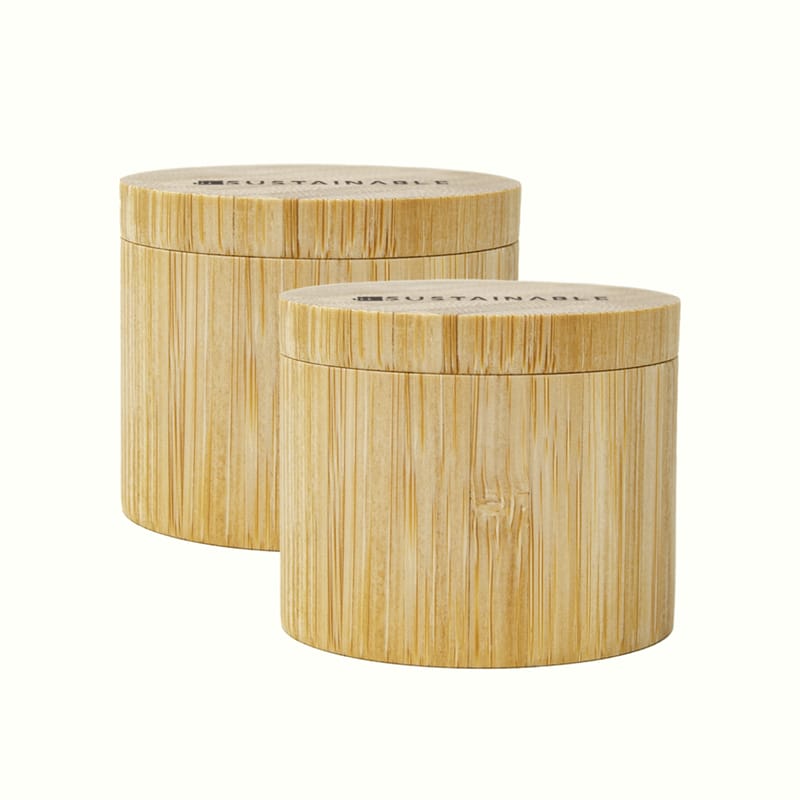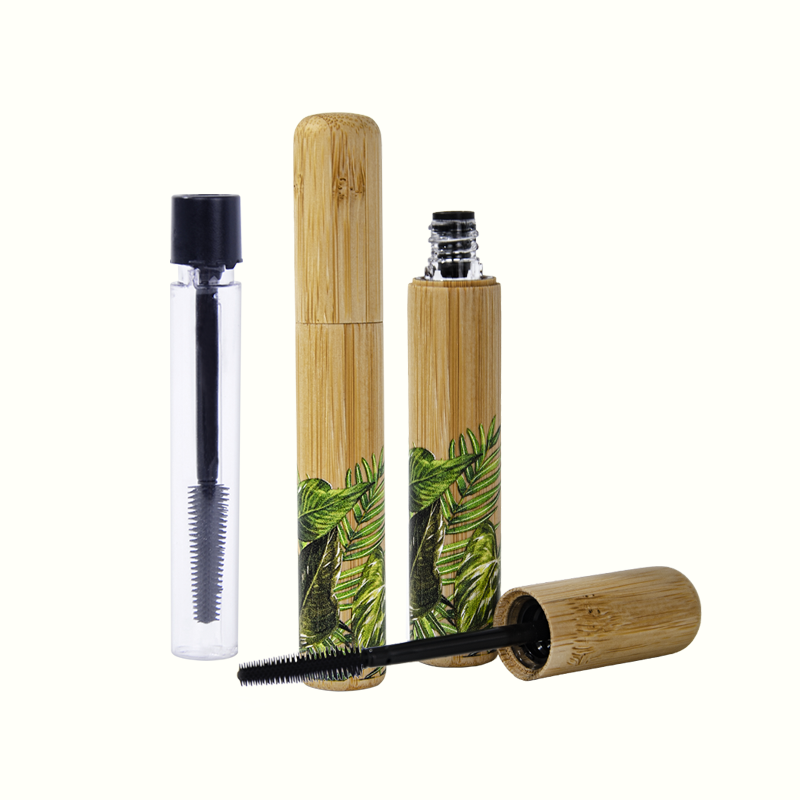Trending Products Unique Loose Powder Packaging - PLA Round Shape Compact Powder Container – YiCai
Trending Products Unique Loose Powder Packaging - PLA Round Shape Compact Powder Container – YiCai Detail:
Shapes and Design:
All customers should be able to use a well-designed product. His appeal is high-end, texture, and simplicity in a black and round design. Bring you satisfaction, good packaging will make you attractive, packaging is even more significant than the goods since contentment is the most significant factor. Because less is more in minimalist design, black will never go out of style.
Coco Chanel, Ms. Chanel: “I advocate black, and black is popular today, because black can dissolve everything.” If I were to write a book on tailoring techniques, I would write: “A good dress is suitable for all body types people wear.”, black, also a favorite in all professional fields.
Jobs: “I asked Issey Miyake to make me some of his black turtleneck sweaters, and he sent me over 100 of them.”
Jobs once recalled, “I only wore this, and they were enough for my whole life.”
His reason is: he fell in love with the idea of wearing a black uniform for himself. In addition to not having to worry about what to wear every day, black uniforms have the ability to convey a unique style.
Obama Black suit and red striped tie from HSM
Obama explained his unchanging dressing habits: “I try to minimize the choices I have to make. I don’t want to spend too much time thinking about what to eat or what to wear because I already have so many decisions to make!”
Features
Replaceable, Recycle, and Reuse structures
PLA is not a plastic, but a plastic made from plant starch. Unlike traditional plastic, its source is renewable resources such as corn starch, which also makes it biodegradable. Since PLA is derived from natural resources, it can be continuously produced. PLA plastic has some important ecological benefits compared to its petroleum by-products. For example, in a controlled environment, PLA biodegradable naturally, returning to the earth, so it can be classified as a biodegradable and compostable material.

Excellent biodegradability applies to PLA. It can naturally breakdown into carbon dioxide and water under composting conditions and can be totally broken down by soil microbes 180 days after disposal. It does not harm the environment and lowers the amount of CO2 emissions and solid waste produced during the production of petrochemical products. Waste polylactic acid products can be disposed of using a variety of techniques, including composting and natural decomposition.
PLA is a biodegradable biomass material, which is an environmentally friendly material, different from general petrochemical products, so it reduces the dependence on petroleum, a limited resource, and indirectly reduces the greenhouse emissions from crude oil refining and other processes gas, so energy saving and carbon reduction.
PLA will not decompose automatically in the natural environment, but only in a specific environment in use, it can be used at normal temperature like ordinary plastic products, but because PLA is not heat-resistant, it is recommended not to use PLA products in an environment exceeding 50 degrees.
More Details of product
Free Samples
Free returns
Contact Us
Product detail pictures:






Related Product Guide:
bamboo packaging is becoming increasingly popular as a sustainable alternative to traditional packaging materials like plastic and paper. This is because bamboo is renewable, biodegradable, and easy to grow. In fact, bamboo is one of the fastest-growing plants in the world, making it a highly sustainable choice for packaging materials. Additionally, bamboo is inherently strong and durable, which means that it can provide a reliable protective barrier for products during transport. Overall, the use of bamboo packaging represents an important step forward in promoting environmentally-friendly business practices. Trending Products Unique Loose Powder Packaging - PLA Round Shape Compact Powder Container – YiCai, The product will supply to all over the world, such as: Salt Lake City, Rwanda, azerbaijan, One of the biggest environmental concerns of our time is plastic waste. Plastic is a non-biodegradable material and doesn't break down easily, which means it persists in the environment for hundreds of years, polluting our oceans, harming marine life, and disrupting ecosystems. To combat this issue, many individuals and organizations are taking steps to reduce their plastic use, recycling more, and advocating for more sustainable practices. There are also many innovative solutions being developed, such as biodegradable plastics and alternative materials like bamboo, to help reduce our reliance on traditional plastics. Ultimately, reducing plastic waste requires a collective effort and a commitment to sustainable and environmentally-friendly practices.
As a veteran of this industry, we can say that the company can be a leader in the industry, select them is right.









